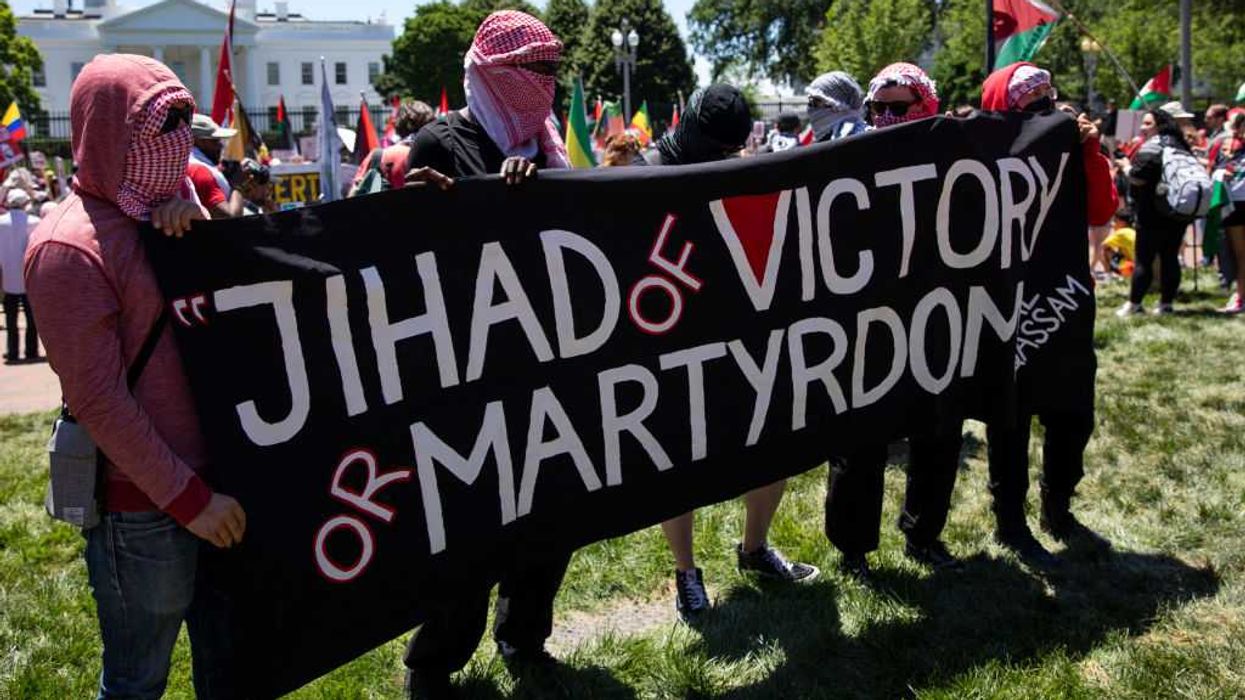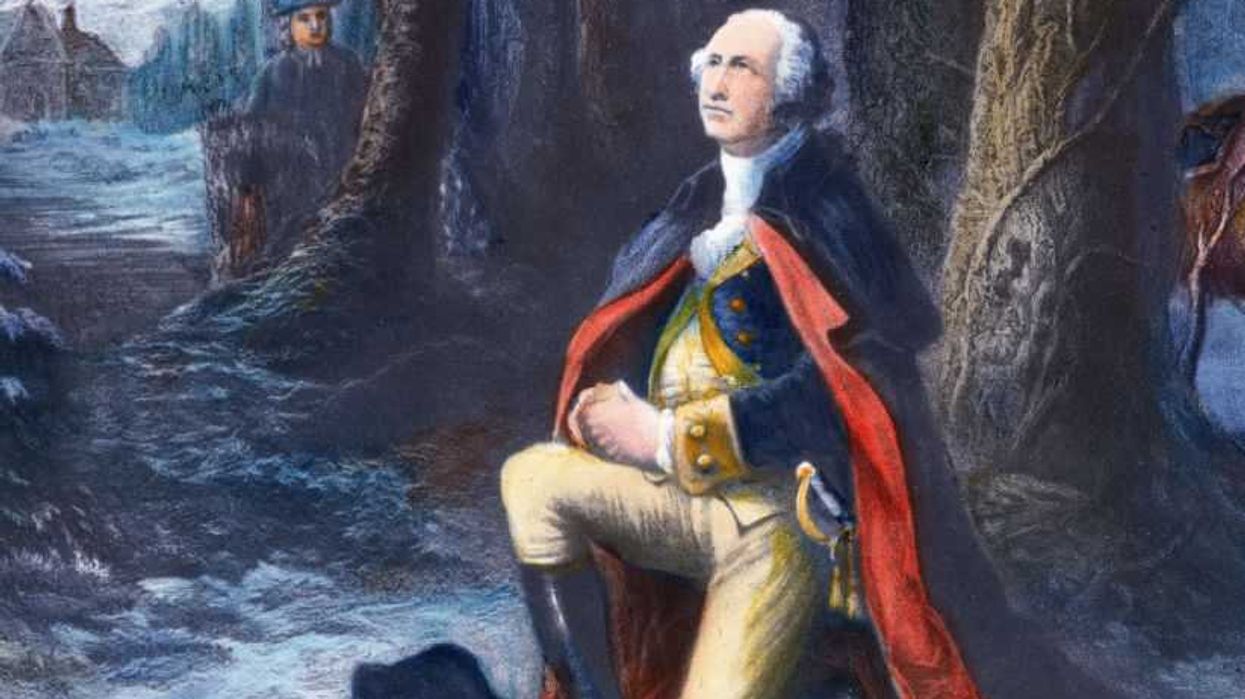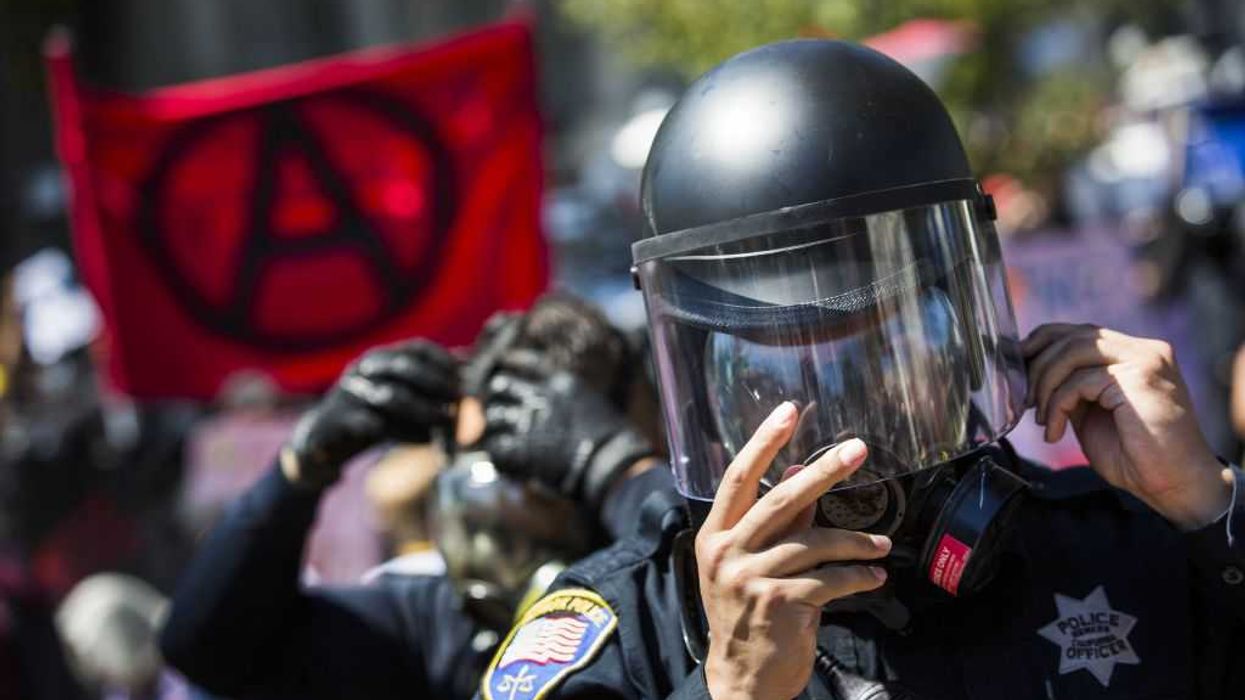Warning: The above video clip contains a graphic image of Till's body after he was murdered.
Tuesday on The Glenn Beck Program, Glenn turned his attention on the shocking comments Oprah made regarding the Trayvon Martin/George Zimmerman case. She compared that trial to that of the murder of Emmett Till. It was a quick comment, but does that mean the most influential celebrity should be excused for comparing two things that couldn't in truth be more different? Glenn corrects Oprah in a powerful TV monologue.
Below is Glenn's monologue:
Now, with everything that’s going on, the difference between right and wrong, truth and fiction, because we have not been truly taught our own history, is a little harder to find. You have to do a little homework. And that brings me to Oprah Winfrey and what she said passing in promotion for a new movie, what she said in passing about Trayvon Martin.
Now, I want you to understand, according to Forbes magazine, I’m what, I think number 37 most powerful celebrity in the country. She’s number one, the most influential celebrity in America. And here’s what number one just said.
VIDEO
Oprah Winfrey: It’s so easy during this time, Trayvon Martin, Trayvon Martin parallel to Emmett Till. Let me just tell you, in my mind, same thing. But you can get stuck in that and not allow yourself to move forward and to see how far we’ve come
Okay, so here she’s saying some part of it good, part of it good, part of it unbelievably wrong, unbelievably offensively wrong. But does the truth matter? Most people don’t know history, and so they don’t know. Oprah Winfrey would get pummeled from the press for this statement if she wasn’t Oprah Winfrey, and she wasn’t on the left.
To say that Trayvon Martin’s death is no different than Emmett Till is a slap in the face of the memory of Emmett Till and anyone who suffered during segregation in the civil rights era. But she’s Oprah Winfrey, so she gets away with it. But not on this program. These are two cases that are absolutely – they have nothing in common. I can’t think what they have in common, honestly, nothing. Let’s compare here.
George Zimmerman saw what he thought was a suspicious person, suspicious because he was roaming the neighborhood late at night in the rain. He calls 9-1-1. He tries to locate an address. At some point, he encounters Trayvon Martin, and a struggle ensues. Zimmerman suffered a broken nose and multiple head injuries during the altercation. Remember? This was held from the public for I think three days. ABC finally released the picture of him coming in. He’s got bangs on his head and a broken nose.
Zimmerman claims Trayvon told him he would die tonight. He goes for the gun. Zimmerman shoots Trayvon in what he claims was self defense. Nobody was there, except these two, so we don’t really know. But Zimmerman immediately calls 9-1-1 and reports what happened. Again, do you see any similarity yet?
Still on the first case with Zimmerman, he wasn’t initially charged with a crime. That was because all of the available evidence at the time suggested that he acted in self defense, but everybody gets all upset, and so let’s go and take it to trial. During the trial, both the prosecution and the defense, the prosecution and the defense both say race played no role in this. Help me out, Oprah, race played no role.
Zimmerman is acquitted of the charges by a jury of his peers because the juries agreed no evidence to suggest that Zimmerman acted with malice or intent to kill Trayvon Martin. Now, that’s the one she says is exactly the same, same, to me, one in the same with the Emmett Till case.
I had to brush up on the Emmett Till case. I remembered this morning vaguely on the radio. I remember that it involved, I thought it was a gas station, but it was a supermarket. I brushed up. Let me tell you the story of Emmett Till.
He’s 14 years old. He’s an African-American boy. He’s from Chicago. It’s 1955. He goes to Mississippi to visit relatives. Well, he’s bragging because Chicago is very different at the time than the South is. His mom warns him don’t, don’t…be careful when you’re down there. It’s not Chicago. She even tells him that a week before his trip that a black man was shot dead in front of a courthouse not far from where he was going. The killers were acquitted. Why? Because of racism.
She says be careful. Well, he and his relatives and friends head over to a grocery store when he arrives. It’s a small mom-and-pop place, 7:30 at night. It’s run by a 24-year-old former soldier who’s away in Texas. His 21-year-old wife, Carolyn, is running the store. Well, Emmett is standing outside, and he pulls out a picture of a white girl and brags to relatives and some friends there, and they’re all young, that he had sex with her.
Well, his friends don’t buy it. Down South, whites and blacks don’t even shake hands, let alone have sex. And they don’t believe it. And he said I’m telling you. Well, they say, you prove it. And he’s like how am I going to prove it? You go in and flirt with her behind the counter. Well, he does it because again, he’s from Chicago.
He goes in, he buys some gum, and then when he puts the gum down, she grabs the gum and the money, and he takes his hand and puts it on hers, first thing in the South you don’t do. And then he looks at her and says how about a date? In Chicago in 1955, maybe not a big deal. In Mississippi, that sort of contact all the way around was off limits. And the people, his friends and relatives who were all young, they’re all getting nervous for him outside, but he didn’t stop.
He then reached for her waist and said you know, I’ve been with a white girl before. She pushes him away. Feeling he’s proved himself, he then leaves the store. But when Carolyn’s husband, Roy, returns home and hears what happens, a friend joins him to track down Emmett and knocks on the door where he is staying. Now, does this sound so far at all like the Zimmerman case? At all? Doesn’t to me.
Well, this is where these two guys, racists, knocking on the door, they demand to see the “N-word” who did all the talking. And they take Emmett out to a pickup truck, and they drive off into the night. Does that sound like the Zimmerman case? They bring him over to Roy’s house where they pistol whip him, beat him with a gun, slashing his face hard with the gun.
Emmett’s defiant. He’s from Chicago, and Roy’s friend becomes enraged. He explained it later after the trial – because of double jeopardy, he actually was open about it, and he explained it in Look magazine. This is what he said: “I never hurt a n****r in my life. I like n*****s – in their place – I know how to work ’em. But I just decided it was time a few got put on notice. As long as I live and can do anything about it, n*****s are gonna stay in their place.” That’s what he said.
Emmett doesn’t have any idea what he’s dealing with because he’s never seen it before. He’s never seen deep-seated hatred like this in the South. He remains defiant. He starts to brag about having sex with white women, further enraging the men. “I stood there in that shed and listened to that n****r throw that poison at me, and I just made up my mind. ‘Chicago boy…I’m tired of ’em sending your kind down here to stir up trouble. Goddam you, I’m going to make an example out of you – just so everybody can know how me and my folks stand.’”
They’re no longer trying to scare him. They’ve made the decision to murder Emmett. Does this sound like what George Zimmerman did? But wait, there’s more. They then take Emmett out and drive him to a ginning company. I find it ironic that if I remember right, it was the Progressive Ginning Company. There, they grab a large industrial fan that had been discarded, and they drive him to a remote location. They force him to strip.
They say to him, “you still as good as I am?” He says yes. Now, he’s covered in blood. His cheekbones have been broken at this point. They had taken a finger and gouged one of his eyes out. “You still ‘had’ white women?” Yeah, he says. Rage, hatred, racism, they put a gun and shoot him in the head. Emmett’s dead instantly. But they still weren’t done. They take barbed wire, and they run it around Emmett’s neck, and they attach it to the fan, and then they throw his body into the river.
Three days later, fishermen find his body eight miles downstream. His head is almost flattened by the pistol blows. Emmett’s mother insisted, insisted – good for her – on an open casket so the whole world – before I show you this picture – don’t put this picture up yet – so the whole world would never ever forget, so they could see what happened. I’m going to show you this picture, but I warn you, look away, because it’s not a picture you can unsee. This is what mom wanted us to see. Now, you tell me, you tell me this has anything to do with Zimmerman, that this is anything like it.
This picture, thank God, spread nationwide in the media, and the public was outraged everywhere, except in Mississippi. Both men were acquitted of the crime by a jury of their peers, and because of double jeopardy, the men bragged about their murder in Look magazine. Really? Help me out, Oprah. How are these stories like each other at all, at all? It’s offensive. And I would go as far as calling it evil to compare these two events. One is blatant racism and pure hatred and evil. The other had nothing to do with race and was tragic all the way around.
Let me tell you something, we have people who are playing on race right now, and we can’t be part of that. We just have to teach our children, because we’re not going to change the world. We’re going to teach our children. We’re going to change our children. I don’t think the Zimmerman thing had malice involved. I think it was stupid. I think he was stupid. Zimmerman was stupid for going, but it’s not the same as torturing and executing a 14-year-old and then bragging about it. And it’s a disgrace.
It diminishes what African-Americans suffered through. It’s offensive. It’s wrong. Right or wrong, the truth matters. Don’t fall into the trap of playing this game. And this is what we get from the most trusted and the biggest celebrity in America. By the way, one of the most compelling tellings of this story will be found in this book. How ironic, how ironic, that one of the best tellings of this story that is currently out on the market is told by a guy who they’re also calling a racist right now.
People like Oprah are too busy promoting their own agenda and their own movie. I feel sorry for her. We’ll continue to tell the truth.

 AASHISH KIPHAYET / Contributor | Getty Images
AASHISH KIPHAYET / Contributor | Getty Images
 Harold M. Lambert / Contributor | Getty Images
Harold M. Lambert / Contributor | Getty Images Adam Gray / Stringer | Getty Images
Adam Gray / Stringer | Getty Images Anadolu / Contributor | Getty Images
Anadolu / Contributor | Getty Images